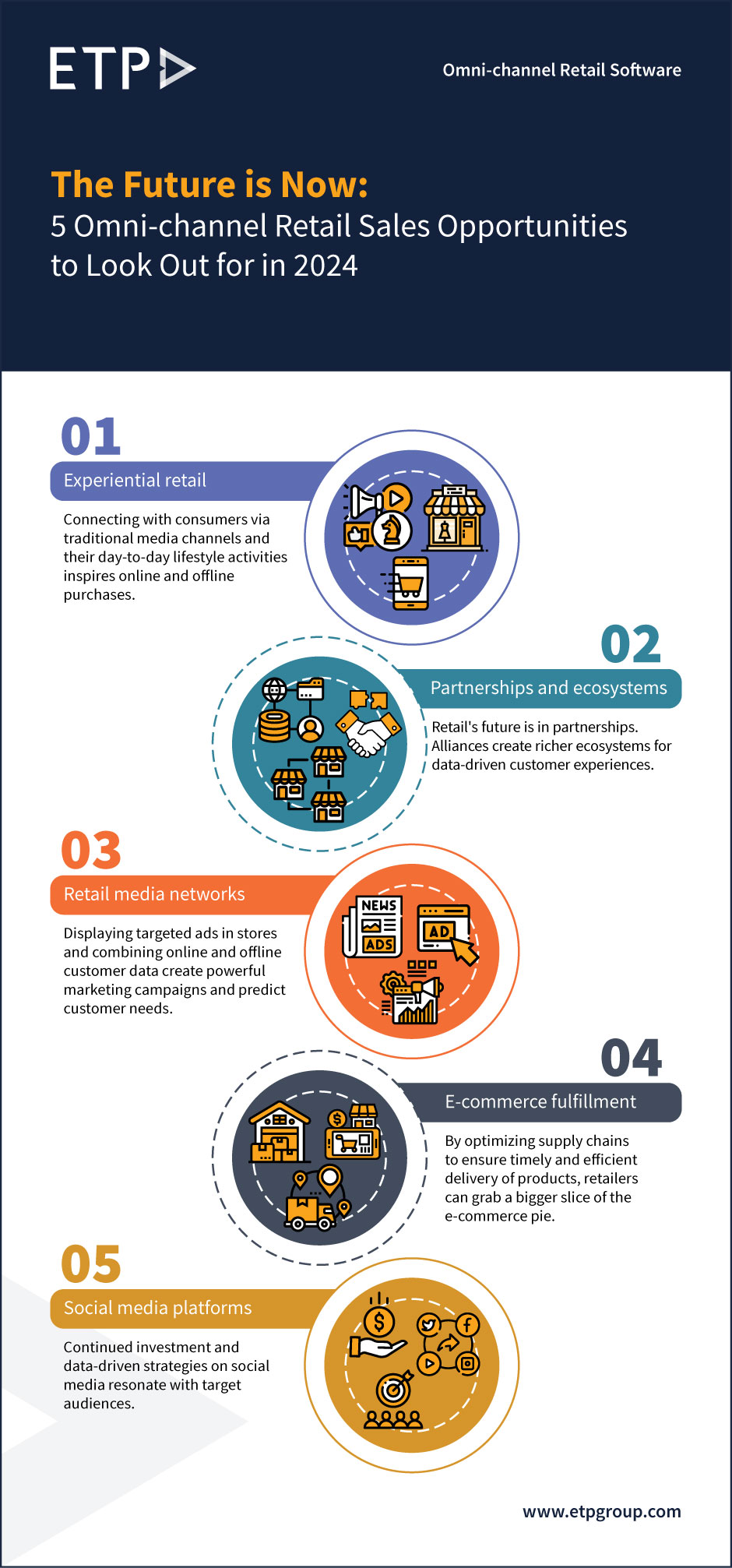
The Future is Now: 5 Omni-channel Retail Sales Opportunities to Look Out for in 2024


The retail industry is constantly changing, and to stay competitive, stores need to keep up with what customers want. With the rise of online shopping, people have become more used to shopping in a way that is convenient and tailored to their needs. So, retailers are turning to retail software to help them meet these expectations and improve the shopping experience for customers.
Retail software is a type of business management software that is made for running a store. It has several applications and tools that help retailers manage their business processes, such as inventory management, point of sale (POS), customer relationship management (CRM), and e-commerce.
One of the best things about retail software is that it lets stores make their customers’ shopping experiences more enjoyable. Retailers can make targeted marketing campaigns and personalize promotions and offers by looking at customer data and how they shop. This can make customers feel more substantial and more loyal to the brand. For example, a store might use information about a customer’s past purchases to suggest products the customer is likely to be interested in.
Retail software can also help stores make shopping for customers faster and more convenient. For example, a POS system can help stores reduce the time it takes to check out, making shopping more enjoyable for customers. E-commerce platforms can also make it easy for customers to shop from anywhere and anytime without going to a store.
Retail software can also help stores better keep track of their stock. By tracking and analyzing their stock in real-time, retailers can ensure they always have the products their customers want. This can make shopping better for customers and help stores avoid running out of stock or having too much of it. For example, a store might use software to look at sales data and predict future demand, ensuring they have the right stock.
Retail software can also help stores do shopping across multiple channels as smoothly as possible. With e-commerce and mobile shopping becoming more popular, retailers need to be able to offer the same shopping experience across all channels. This can be done with the help of retail software, which gives a single view of inventory and customer data across all channels. For example, a customer might start shopping on a store’s website, add items to their cart, and finish their in-store purchase.
Retail software can also be used to look at customer data to learn more about how customers act and what they like. Retailers can learn more about their customers and make their products fit them better by looking at past purchases, browsing habits, and social media activity. For example, a store might use software to determine which products are most popular with their customers and then change their stock to match.
Retail software can improve the customer experience in several ways, including personalization, speed and convenience, inventory management, omnichannel retailing, and data analysis. Retailers who buy and use retail software well are more likely to meet their customers’ needs and build long-term relationships with them. As the retail industry changes, the stores that embrace technology and use it to their advantage will do their best.
Whether you’re looking to build on the positive momentum or trying to fix a dip in sales, you’re in the right place.
We’ve curated a list of tried-and-true things they’ve done that had a measurable impact on their sales.
Your employees are your store’s front line. They’re the ones interacting with customers, creating positive connections and actually selling your products, so it makes sense to invest in them. To get your staff to effectively drive in-store sales, it’s important to:
A retail store is a great touchpoint where you can engage with your customers directly and help them solve their problems. Offering great in-store customer service that simply can’t be replicated online is the key to more lifelong retail customers (and sales).
Make your customers your top priority. Which brings us to the next point…
Being customer-centric is something that every retailer should aspire to be. It really comes down to understanding what your customers want and making their needs your top priority. That doesn’t just end at having the products they want in stock. It starts by making customers feel good.
If your sales associates treat the people that walk into your store like people, you’re heading in the right direction. Nobody likes being sold to, so enough with the pressure sales tactics. Just have a conversation with the customer, find out what they need and propose a few solutions that match their price point. If they like your service (and the product), they’ll come back.
If you don’t carry the product that your customer truly needs, don’t be afraid to recommend it to them anyway and tell them where they can buy it. They’ll appreciate the help and your sales associate will establish trust with the customer. When that customer comes back to your store, they’re far more likely to trust your sales associates as a result. Think long-term relationship-building, not short-term sales!
The most successful retailers are obsessed with their customers and making them happy. Are you?
Customers crave unique, creative and memorable in-store experiences. Not only does that include approachable, knowledgeable staff (that’s a given), it also means rethinking the way your store operates. People are so accustomed to the typical store setup: there are products, salespeople and a cash register—boring. Some companies have pioneered a new store format called experiential retail.
In a nutshell, what that means is that the store’s goal is more than just to sell products; it’s to create an immersive experience that focuses on customer engagement. And they achieve that with interactive product demos and fun activities that are related to the products they sell.
For example, a visionary mattress store has provided nap pods that people can rent for a 30-minute nap. They come fully-equipped with an original mattress, sheets, and pillows, along with a bathroom to freshen up after your nap. If people enjoy their nap, their perception of the brand’s products is positive and the probability that they will make a purchase and become brand evangelists is higher.
There’s science to back this up, too. When a person touches and interacts with a product, they’re more likely to develop an affinity for that product.
In an article published by Harvard Business Review, Lawrence Williams, a marketing professor at Leeds School of Business, says “Physically holding products can create a sense of psychological ownership, driving must-have purchase decisions. This idea may underlie the push to move inventory from display cases into customers’ hands, a trend seen in many electronics outlets such as the Apple Store.” Pretty cool, huh?
Experiential retail is blowing up and there are tons of ways you can apply the concept in your store. We teamed up with Cate Trotter, Founder of Insider Trends, to cover this topic in-depth—read her piece below!
Assembling persuasive in-store merchandising is part art, part data.
You use data to pinpoint which products are typically bought together, and you use your creativity to make those products look irresistible.
Good in-store merchandising will have no clutter. The only things that your eyes are drawn to are their products. Displays that are too busy will just overwhelm your customers and make your store look cluttered and unkempt. The store planogram has to be well organized. Every product has its place. It’s easy for customers to find what they’re looking for faster, which contributes to a better overall shopping experience.
Related products are grouped together. Notice that pants and shirts from matching color palettes are next to one another. (Hint: if you want to see which of your products are typically bought together using ETP Omni-channel Analytics, just check out your Products Frequently Bought Together report.
Must-have, low-cost accessories are nearby. Odds are, if you’re buying stylish gym gear, you need a bag to carry it in, right? The store will therefore place their tote bags next to their gym gear for exactly that reason.
Long wait times to pay are a big turn-off for customers and can cripple your sales. Research shows that most customers will typically abandon a checkout line and leave a store after waiting just six to eight minutes before heading for the door. The best way to stop losing sales due to long checkout lineups? Eliminate them altogether.
Brick-and-mortar retailers need to “banish the wait in line, once and for all” to avoid losing sales. But how do you do that?
It starts with scheduling enough sales associates to serve customers quickly even during peak hours. In ETP Analytics, you can easily see when your peak business hours are in the Sales by Hour of Day report. Use that information to make sure you schedule enough workers to assure you’re promptly serving each customer.
Next, why not eliminate cash registers altogether?
Unlike traditional cash registers and in-premise point of sale (POS) systems, cloud-based POS systems and mobile POS systems enable sales associates to serve customers and ring up sales from anywhere in the store. Retail MPOS helps customers get in and out of your store as fast as possible, which is what most of them want anyway.
Ring up sales from anywhere – with ETP’s mPOS software – ETP Mobile Store, you can eliminate customer wait times and reduce lost sales, all while offering amazing service.
‘Clicks and bricks’ isn’t just a catchy line; it’s literally how consumers shop now.
Last year, more than 80% of retail purchases were made by first using online search. Increasingly, people are researching what to buy and where to buy it online before ever setting foot in-store. When they get to the store, those multichannel shoppers spend an average of three times more than single-channel shoppers.
Of course, retailers should have an online presence, but that doesn’t just mean having a transactional website. Things like a Google My Business (GMB) profile, Facebook and Instagram are amazing tools to get discovered by more potential customers in your area.
With a little bit of work, you can make it easier for people to find your store online, research what products you offer and get directions. Your goal is to make it as easy as possible for customers to see that you have what they need.
Setting up a GMB profile and optimizing your Facebook and Instagram accounts for local online searches isn’t as hard as you may think.
What good is online awareness if nobody is actually visiting your brick-and-mortar store or buying online? It’s not worth very much.
Part of that is getting a transactional eCommerce store up and running; the other part is showing customers that your brick-and-mortar store has what customers are looking for.
There are several ways to incentivize customers who discover your store online to visit and make a purchase.
Organize in-store events. The benefit? If a customer is interested, they have to visit your store. Things like weekly clubs, workshops and hands-on events are a great way to build a community and generate more visits.
Run exclusive in-store offers. Nobody likes passing up a great deal. Try offering a free giveaway for in-store purchases, or featuring certain items available exclusively in-store.
Show inventory levels online. People are more likely to visit your store if they know you have what they’re looking for. With ETP Omni-channel Inventory Management solutions, you can show your brick-and-mortar inventory levels online in real-time at the click of a button.
Offer free in-store pickup. This option benefits both you and your customers. For them, they can avoid paying for shipping, while you save on shipping costs.
A loyalty program incentivizes customers to purchase more to unlock personalized rewards. It’s a super accessible way to increase customer lifetime value while rewarding your customer’s loyalty to your business. When customers can use their loyalty program points to discount future purchases, you can bet they’re going to take advantage.
Returns happen, and when they do, customers should get the same great service as when they bought the item. Put yourself in their shoes. The product didn’t work out; they’re disappointed, too.
Treat each return like a sale and serve them willingly and with a smile. It makes the customer feel like they’re valued for more than just their hard-earned money, which creates an emotional sense of loyalty.
If they appreciate your service, they’re more likely to make another purchase at your store. Make the process quick and painless, and most important of all: treat your customers with positive intent.
Of course, there are serial-returners out there who will try to take advantage, but a loyal customer base that consistently shops at your store because of great service more than makes up for that minority.
Upsells and cross-sales can add up; have you considered making them a part of your sales strategy? When done wrong, it can make your sales associates (and your store’s reputation) look dodgy and self-serving. But when done right, it’s just flat-out great customer service.
With upselling, you should train sales associates to use the rule of three. Take the item that the customer was initially interested in (for example, a pair of running shoes) and show the customer three different models at three different price points (entry-level, mid-level and high-end). This is the best way to upsell since it shows the customer that you understand their needs. You want to show them everything that’s available so that they can make the most informed decision possible. You’re not pressuring them; you’re informing them.
With cross-selling, you should apply a similar approach: don’t try and sell a customer something they don’t actually need. Going back to the shoe example, an illustration of an authentic cross-sell would be educating the shoe shopper on the various types of running socks: from expensive compression socks and moisture-wicking ones to the generic cotton socks. Educate them on the differences between the three and let them choose what’s best for them.
With cross-selling, another important factor is “does this purchase make sense?” For shoes, socks are pretty much a given, but sometimes it can be tricky. The best way to find out if a customer needs anything else is to simply ask, “Could I help you with anything else today?” After all, a sales associate’s job is to facilitate the customer’s needs and offer solutions. Suggestive selling is the most authentic way to do that without coming across as an overly-pushy, selfish salesperson.
Summing up, hopefully you can use the above tips and tricks to increase retail sales. Ultimately, it comes down to prioritizing your customers and understanding that you’re in the business of serving them.
From your staff to the systems you use to run your store, everything and everyone’s job should be to create more “wow” moments and earn their trust; the sales will naturally follow.
Want to create an efficient in-store experience that your customers will love? Talk to one of our retail experts today to see how ETP V5 can help!
Omni-channel retailing is becoming increasingly significant in the retail business as people look for more flexible and easy purchasing methods. With the development of e-commerce, companies must make sure that buying across all channels is the same. Technology is critical to improving omnichannel commerce because it lets merchants collect and analyze data from all channels, customize the shopping experience, and provide new services to consumers.
A customer relationship management (CRM) system is one of the important ways to improve Omni channel retailing. This lets businesses keep track of how customers connect with them across all channels, such as social media, email, and visits to the shop. By doing this, businesses may learn how customers act, what they like, and what they require. This information may then be utilized to make targeted marketing campaigns, product suggestions, and customer support.
A robust inventory management system is another critical technology for Omni channel retailing. This lets businesses maintain track of stock levels across all channels, preventing stockouts and ensuring consumers can find what they’re searching for. It also enables stores to provide services like “click-and-collect,” where consumers can buy things online and pick them up in-store.
In addition to these technologies, retailers are leveraging artificial intelligence (AI) and machine learning more and more to improve the omni-channel experience. For example, AI-powered chatbots may help consumers locate items and answer queries quickly, and machine-learning algorithms can look at customer data to uncover patterns and offer suggestions.
By using technology to improve Omni channel commerce, stores may get a lot of advantages. First, they can enhance the consumer experience by making individualized suggestions, delivering quick and accessible services, and making buying across all channels as smooth as possible. This may make customers more loyal and improve their worth in their lives.
Businesses may learn a lot about how customers act, what they like, and what they need by collecting and evaluating data from all channels. This may help them see patterns and better judge what products to sell, how much to charge, and how to advertise them.
Technology lets merchants provide new services and business models that need to be more feasible. Retailers may offer subscription services, virtual try-on, and mobile payments in-store, among other things.
As technology improves, we expect to see even more creative ways to improve the Omni channel experience and help the retail business expand. For instance, augmented reality (AR) and virtual reality (VR) technology might create immersive in-store experiences that blur the barrier between online and offline buying.
In addition, using block chain technology might clarify the supply chain and cut down on fraud in the retail sector. Merchants can ensure everyone can access the same information by keeping track of transactions in a shared ledger. This can cut down on disagreements and delays in the supply chain.
Technology has changed Omni channel retailing, allowing stores to provide consumers with a seamless and customized experience across all channels. By using technologies like CRM systems, inventory management systems, AI, machine learning, and mobile technology, retailers may enhance the customer experience, obtain necessary information, and provide new services and business models. We should expect to see much more as technology keeps getting better.
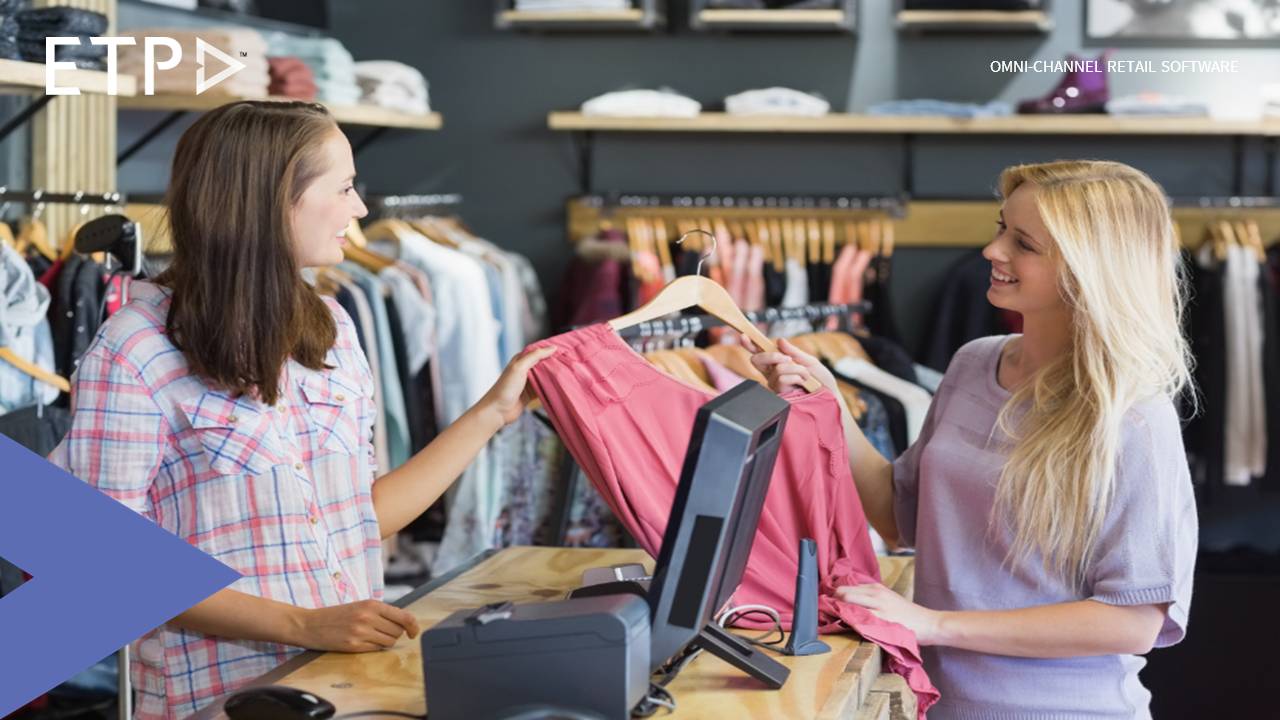
While everyone is enjoying the festive season frenzy, and eagerly awaiting the New Year with hope and aspirations, it is time for businesses to retrospect and set objectives for the future. Retail businesses, specifically, are more consumer driven. Therefore, it becomes essential to be intuitively proactive in gearing up for what lies ahead while striving to outperform the previous year.
It’s a given that technology will continue to play a major role in the New Year as it did in 2018 and the years gone by. Being an enabler, and also a disruptor, technology will see itself getting strongly embedded into the very genes of retail businesses and will drive the engine. And this is perfectly evident in the prediction by Gartner analysts who say that retailers’ investment in technology will grow by 3.6% globally in 2019 as customer expectations will put pressure on them to perform.
Further, Gartner mentioned that software would be one of the fastest growing technology expenditures in the retail industry, especially platforms for analytics, mobile applications, digital marketing, e-commerce and Artificial Intelligence (AI) increasingly becoming areas of interest for retail CIOs. By these predictions it is clear that technology will be the driving force for retail businesses in 2019.
The next thing in retail that is set to make the waves in 2019 and the years following would be the rise of brick-and-mortar retailing. As global sales of physical retail went up by 4.8 in 2018 and there were more stores being opened than closed, the trend will seem to continue. Even large online players like Amazon have started their own physical stores or are buying out other stores. As physical stores are evolving and are becoming destinations for experiences and not just limited to transactions, customers will continue to flock to the stores to enjoy these curated experiences.
Eventually, retail is no more about the channel, but it is about the consumer. Ultimately, the integration of technology and the business in the right manner will ensure that customers get what they want while businesses achieve their goals in the New Year 2019.
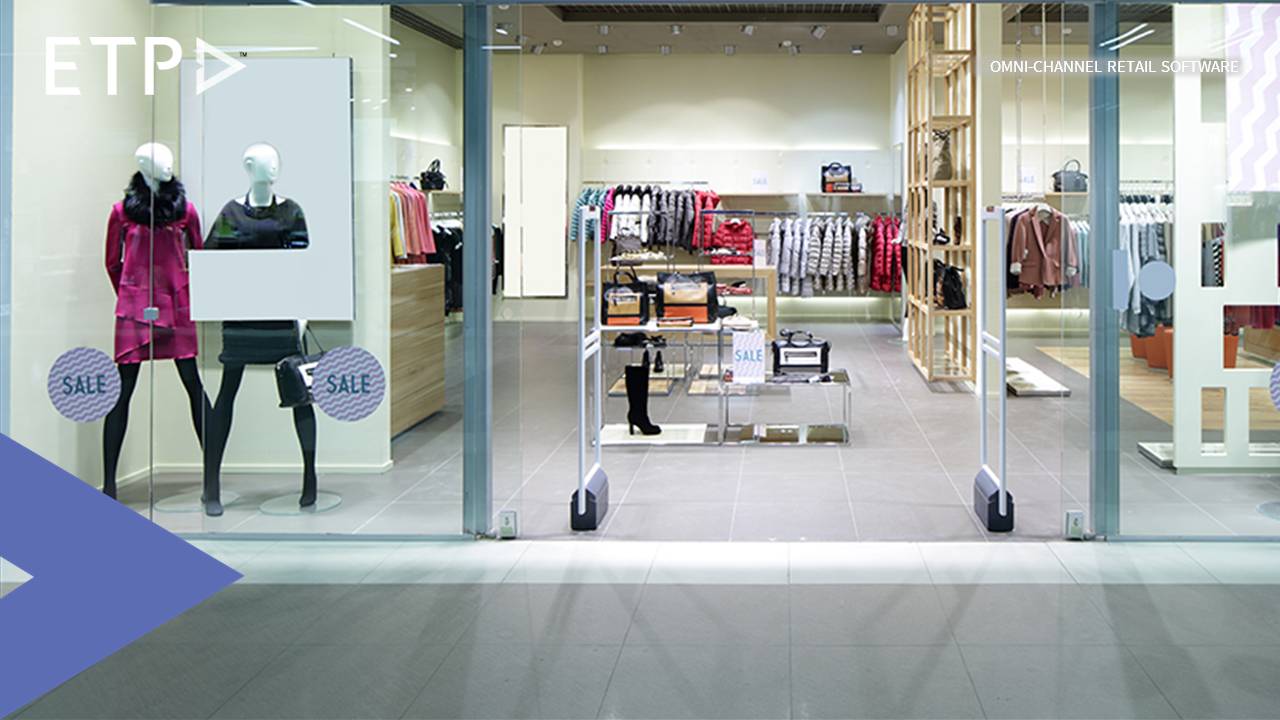
The Christmas festive season is almost here, as is the end of another year and we look for the best in the New Year. The past 2 years have probably been one of the biggest testing times for the retail industry, especially for physical retail. In the wake of the last year, which seen many known retail brands going bankrupt or shuttering stores, debates on whether physical retail would witness an apocalypse because of the rise of online shopping have been happening across the industry; but it seems like the predictors of the doom of physical retail have been silenced, thanks to the reinvention of retail.
Malls still face a threat from e-commerce shopping due to rising number of consumers preferring to shop online. The major reasons being a wide range of options available online, more discounts on online purchases, convenience of shopping from home while avoiding crowds and even reducing the chances impulse shopping. One of the major debates were whether malls would survive the online shopping or e-commerce onslaught, but the numbers are in favor of shopping in a mall. A recent survey indicated that more than 60% of consumers would visit the mall for apparel shopping as opposed to shopping for clothing online, and another 39% prefer to go to the malls, not only to explore multiple retail brands in one location, but also try on and compare clothing options. Malls offer strategic advantages which are still a hit among consumers.
One of the biggest clicks for shoppers visiting malls is the tangibility of products. Brick-and-mortar retail has thrived on the ‘touch-and-feel’ feature that shoppers love when it comes to purchasing apparel, footwear and other items. Moreover, most retail brands would be present in malls and this allows shoppers a fair opportunity to explore different brands belonging to similar categories and then take a conscious decision on what to buy, from where. Another major advantage that malls offer is socializing. Consumers prefer shopping with family and friends or even interacting with store associates to help them find the right product, as they find it easier to seek opinions and then make a purchase. In addition to this, malls are a one stop destination for shopping, entertainment and eating, thus offering wholesome experiences to shoppers for their time and money.
The bottom line is that malls and e-commerce will continue to coexist as consumers will always look at multiple options to satisfy their shopping needs. However, the catch is to ensure customers get what they want and retail brands are able to do that no matter which channel they use.
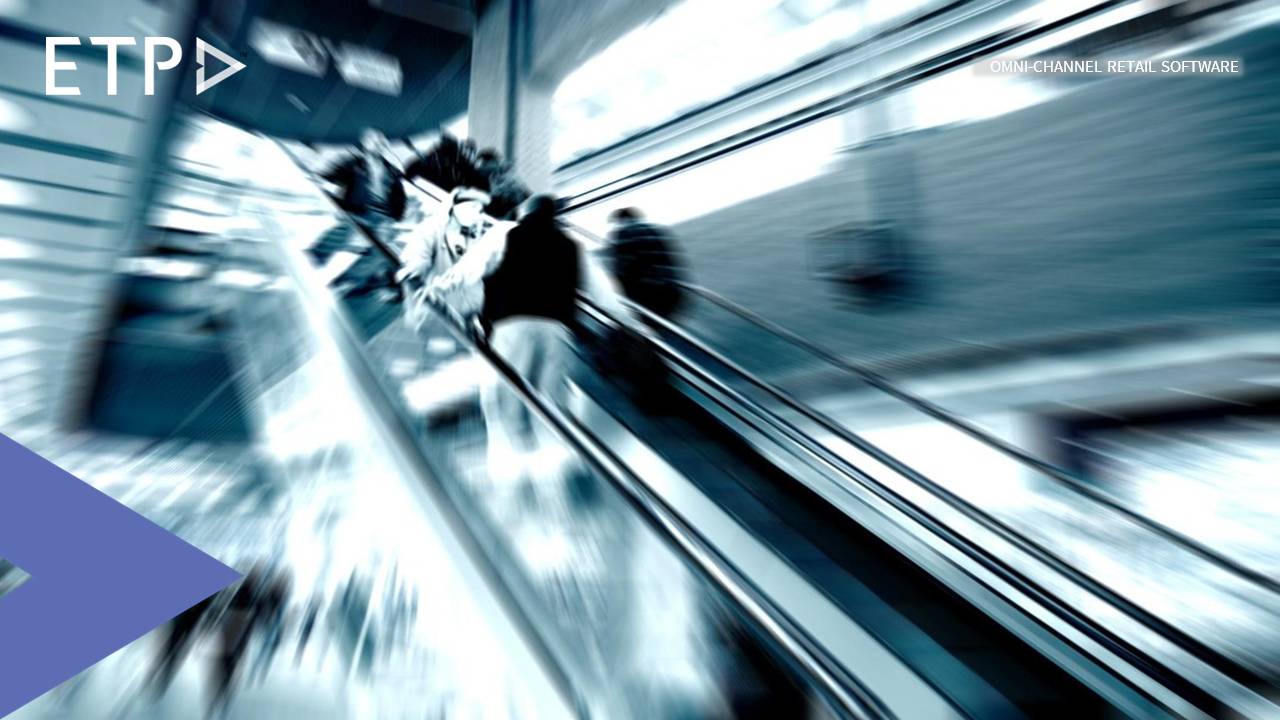
Two years ago I wrote about the struggles of the retail industry in my article “Retail is dead! Long live Retail”, it’s nice to see some of the predictions in this article come true! Time to reflect and see what’s next.
The US retail market, the bellwether of the industry, has finally started growing again. Retail sales are surging, up 6.4% YOY from last year this July. Store closures are down 22%.
The growth is being led by Retailers who are getting the consumer back, bringing e-commerce like service to their customers, with click and collect and curb-side pickups, concierge services, frictionless returns, store to home deliveries, and many other services. While physical retail is back, e-commerce continues to grow, interestingly a major part of this digital growth is being driven by retail giants like Walmart.
At the same time, we are seeing a number of brands and retailers heading down the slippery slope. Some of them household names. The market is clearly being divided into those who will make it and those who will not. These retailers have closed unprofitable stores, cut costs, reduced manpower, rejigged their pricing and merchandise, yet they are not able to make it out of the downward spiral. So what is the reason? Since we work with retailers across 22 countries and see some of our customers and friends in both categories, we can clearly see the difference in their approach. Some retailers see technology investments and related service costs as a necessary evil, they do not see them as strategic tools to help them win this wave of transformation both in the industry and the minds of consumers. These are the retailers who are endangered, though they can still turn around if they change their mindsets.
On the other had there are a number of retailers who are quietly embarking on large internal projects to change the way they work with consumers and the service levels they provide, transforming their technology and online presence, bringing Omni-channel and self-service initiatives to the table and using smart ways to price right and brand right and promote the right products to the right consumers. They have brought in change in their existing teams and brought on board a number of new retail experts, worked closely and deeply with technology and supply chain partners, malls and banks to bring about the transformation that’s required. They are making great progress and have a shot at winning the retail race.
The race is still open, and like in any race, there will be winners and losers. May the best retailers win!
This article has been written by:
 Naresh Ahuja, Chairman and CEO, ETP Group
Naresh Ahuja, Chairman and CEO, ETP Group
Naresh as the Founder, Chairman and CEO of the ETP Group leads the company with a clear focus on bringing enduring value to customers through best practices mirrored in software applications. Spanning 30 years of focus on retail domain expertise and IT development, ETP today, has a strong customer base of market leaders in more than 22 countries across Asia Pacific, India and the Middle East, and is Asia’s leading Omni-channel Retail Software company.
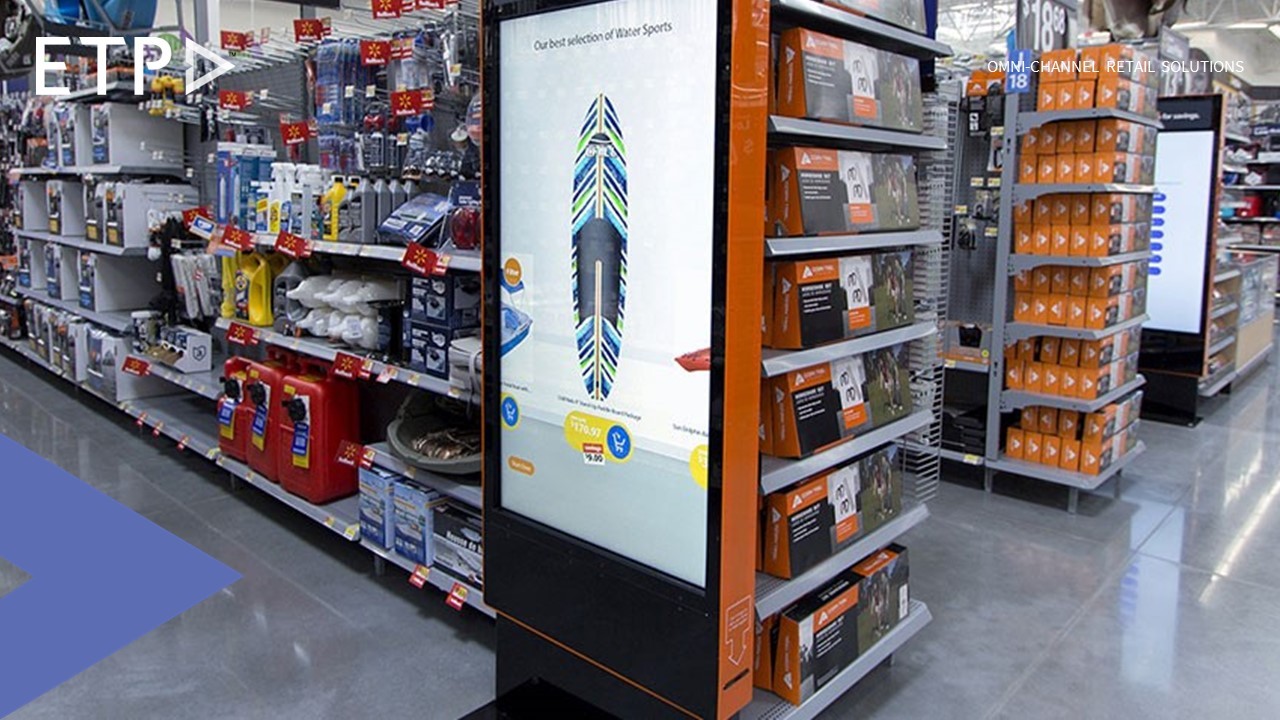
In the last year, physical retail has witnessed some of the most challenging situations. While some well-known retail chains filed for bankruptcy, some retail companies shuttered their stores, some retail companies closed down completely, while some others were struggling to keep up with the growing threat from e-commerce sites and this struggle seems likely to continue. Moreover due to a majority of customers owning a smartphone nowadays, the shift towards mobile and online purchasing will only increase.
With e-commerce and m-commerce being literally at their fingertips, shoppers are often looking to do their purchases with ease and with minimal efforts. This is one of the biggest advantage that online has over physical retail. Though brick and mortar stores provide that touch and feel experience to the shopper, this alone is not enough to compete every time with e-commerce. Therefore, physical retailers need to create a unique and awesome experience for customers and one of the most effective ways to do this is converging online and offline experiences at the store itself.
Retail companies like New York & Company have already begun converging online and in-store selling by using self-service kiosks allowing e-commerce access in some select stores. These effectively serve as a complement to the store associates and the traditional checkout area as the kiosks are positioned throughout the store or near the service desk. This provides the shoppers with the choice of self-service by accessing multiple touch-points across the store where they can shop from both the store’s physical and online product offering, make a secure purchase and collect or get their order shipped directly to any address. This expands the retailer’s point of sale capabilities thus giving customers tech options that they intuitively already know how to use as well as makes the shopping process quick and convenient.
For retail companies wanting to create an omni-channel shopping environment, such self-service kiosks or mobile and other handheld devices that allow shoppers to browse and choose products on the online site while they’re already in the store are definitely apt. Adding this omni-channel capability can help retailers prevent a loss of sale situation if an item is out of stock at that particular store, while still allowing the store to get credit for that particular sale.
Having said that, the kind of technology a store should incorporate depends on the type of store, its product offerings and its customers’ tastes and preferences. It can be overwhelming to choose from the wide range of in-store technology for e-commerce available. Retailers need to research which technology to choose, how to incorporate it and accordingly should drill down to what they’re looking to get out of it, and make a smart and well-informed decision before making an investment.
Some of the considerations for incorporating endless aisles in-store technology could be:
Limited space to display inventory, but a large product offering
Having a well-designed online site that can be easily accessed online
Type of hardware depending on the store space – kiosks or handheld devices
Required infrastructure for managing online functionality within the store
The benefits it would provide to the customers, store staff and the business
The best way to start is to proceed with an inside-out approach that retailers can use. Understanding their own business needs and objectives first and then taking inspiration from peers will prove to be a good modus operandi for them to take better decisions. A good omni-channel retail solution with the right capabilities can help retailers attain higher productivity and better customer loyalty.
Like online retailers, brick-and-mortar retailers need to focus more of their efforts on converting the store traffic that they receive. In today’s retail environment, no retail business can afford to fritter away their store traffic – it should be treated as a valuable, non-renewable resource. Conversion rate optimization (CRO) when effectively applied, can be the difference between delivering positive same-store sales or not.
Here are some statistics that shed light on the conversion rate scenario of brick-and-mortar stores:
Physical stores have a higher conversion rate than online
Conversion rates vary considerably across retail categories, but they also vary significantly within the same chain as a result of variations in store format, geographical location, product mix, inventory levels, and most importantly, store personnel who serve the shoppers. The reality is, each and every brick-and-mortar store is unique and in order to optimize conversion rates, these unique characteristics need to be considered.
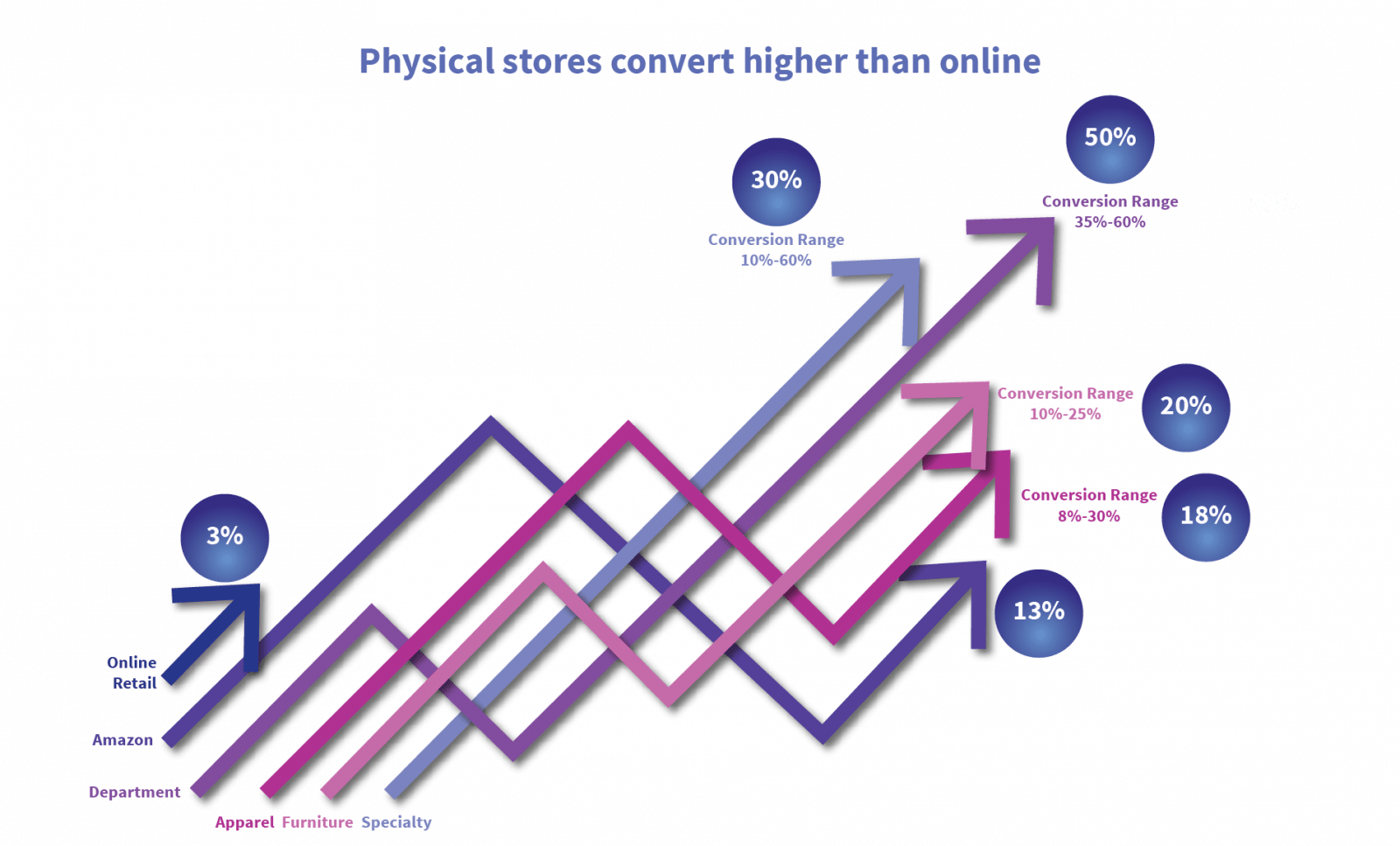
Impact of Click & Collect on Conversion Rate
Customers expect a seamless experience regardless of how they engage with a retailer and these expectations are blurring the lines between online and physical stores. Concepts such as Click and Collect are impacting store traffic patterns and conversion rates.
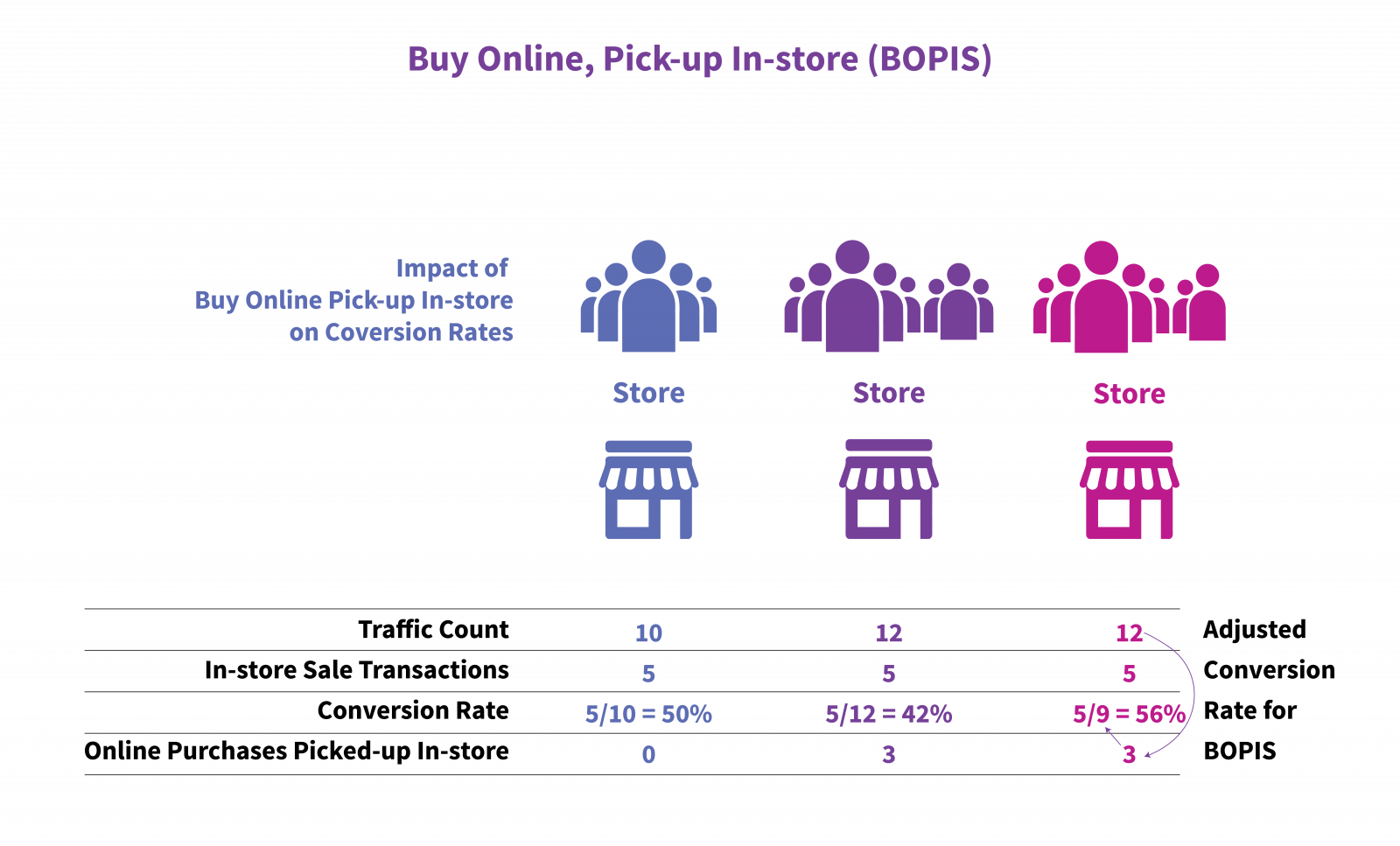
At the store depicted here, the store traffic counts went up from 10 to 12 after the implementation of omni-channel retail solutions that enabled Click & Collect, sometimes also referred to as Buy Online, Pick-up In-Store (BOPIS) functionality.
Since three of the 12 traffic counts generated were ‘pre-converted’ i.e., already purchased online and came to the store to pick-up their purchase; they didn’t generate a sales transaction. If we don’t track that Click & Collect transaction and factor it into our conversion rates, then the only thing that we will conclude is that our conversion rates have dropped from 50% to 42% in this example.
Reasons why in-store shoppers didn’t convert
The most cited reasons why in-store shoppers didn’t purchase are:
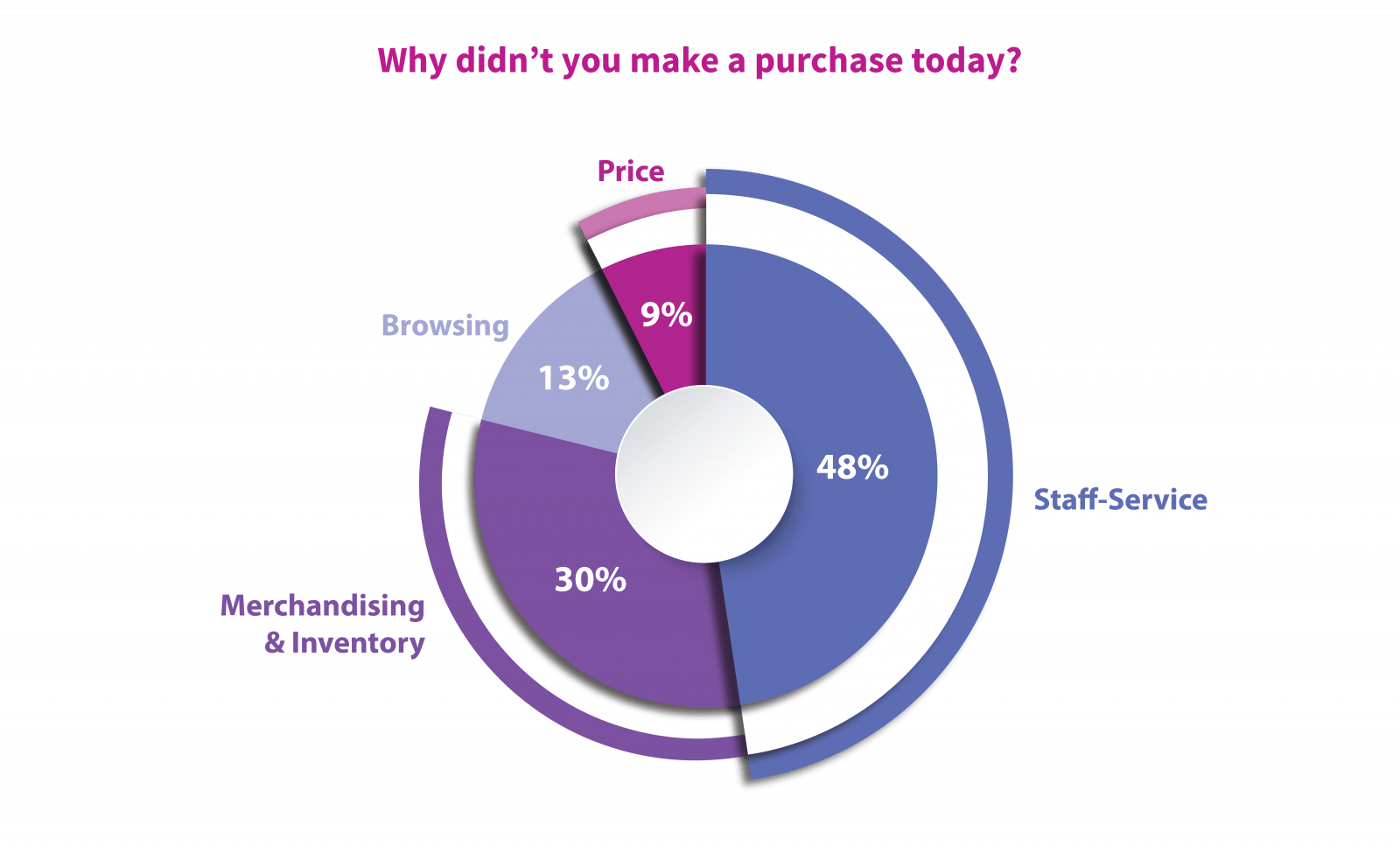
This draws attention to the impact in-store staff have on conversion rates. Getting the store teams engaged and encouraging them to apply insights from traffic and conversion analytics can play a winning role in driving the conversion rates at the store.
Solutions such as mobile POS, self-checkouts can address the long wait-time at the checkout counters by enabling effective queue busting at the store.
The merchandising and product availability challenges can be countered by deploying omni-channel features such as endless aisle.
In conclusion, modern day retailers need to implement innovative software solutions that allow them to transform their business in to omni-channel as well as equip them with the power of capturing and analyzing data across channels. This will help them boost the conversion rates at the brick-and-mortar store.
Source: http://www.retailwire.com/public/sponsors/headcount/assets/HeadCount-Conversion-Rate-Optimization-2017.pdf

Operating an e-commerce website should not be considered as a separate and isolated business practice instead it is an extension to the retailer’s physical presence that helps drive sales and improve the bottom line. More often than not, it is the inability of retailers to understand the necessity of integrating their physical stores with their e-commerce website or marketplaces, which could cost them dearly in terms of sales, revenue, and clientele.
E-commerce websites, if implemented efficiently could help increase footfalls at the physical stores by enabling retailers to implement newer and innovative strategies such as Click and Collect, Click and Deliver among others. However, operating an e-commerce website in isolation cannibalizes their own physical stores. There’s a reason why most of the e-commerce and online market players make losses despite of clocking healthy sales. To improve the online sales, retailers often indulge in offering hefty discounts and free deliveries, without realizing that it causes the overall sales to take a hit. They should realize that to compete with marketplaces and e-commerce giants, they are not needed to have a price war with the existing players. Indulging in a price war might increase the number of visitors to the website but it also makes customers search for newer avenues where they can find the desired product at a lower price.
Retailers should rather focus on customer loyalty, inventory management, assortment planning, promotions planning and in-store shopping experience which can certainly be done by integrating the e-commerce website with the physical stores. Integrating the two helps in getting real time updates regarding customers, sales and inventory, while allowing the retailers to come up with innovative business strategies. For instance, retailers can implement click and collect that could increase the chances of cross selling and upselling along with serving the aforementioned purposes. This in turn would help retailers in improving the bottom line while being on the right path of growth that ensures sustainability and scalability.
In most cases, cannibalizing can have catastrophic repercussions on the overall performance of the business. It is better to research on the possible outcomes of having an e-commerce website along with preparing an efficient plan to integrate it with the physical stores using the right technology, such as ETP Connect. This being done, there does not exist the minutest possibility of missing out on the advantages of going omni-channel.
Also Read: Omni-Channel Technology Solutions For Your Retail Business
